Review: PUSS IN BOOTS 2 THE LAST WISH
I am not a fan of SHREK nor any of its sequels. I am unamused by the potty humor, political correctness, and crass ugliness which characterizes Shrek’s world; and I am frankly repulsed by the whole sulfurous postmodern project of scrawling graffiti on beloved childhood classics of fable and fairy tale. Such vandalism is blasphemous; the cynicism is trite; the nihilism is sad.
Hence it is with almost boundless surprise to see a film set in this background, starring a spin-off character, reflecting none of these flaws, but instead being a pleasure to watch.
The humor is charming and good hearted, the tale is wholesome, the animation is handsome.
PUSS IN BOOTS 2 was, in fact, the best feature film I saw in 2022.
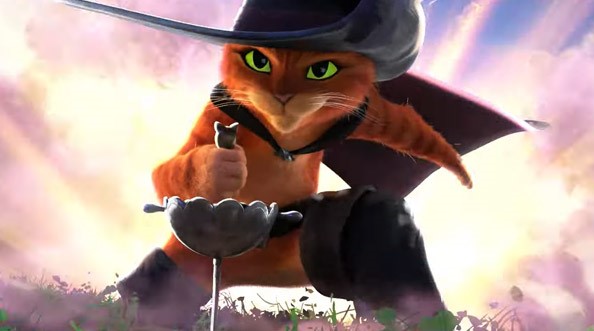
I rank it above TOP GUN MAVERICK only by one hair’s breadth, because in that film having a teen daughter see a strange man climbing out of her mother’s bedroom window is played for laughs. I rank it above LEAGUE OF SUPERPETS also one hair’s breadth, because that film decided Green Lantern was not Hal Jordan but was Jessica Cruz, body-positive Latinx lesbian-family’d thunder-thigh chubster with a half-shaved head and dyed hair.
Both these films I enjoyed, and strongly recommend, for both had very little Hollywood poison in them. PUSS IN BOOTS was more enjoyable, is more strongly recommended, because it has even less Hollywood poison in it, maybe none.
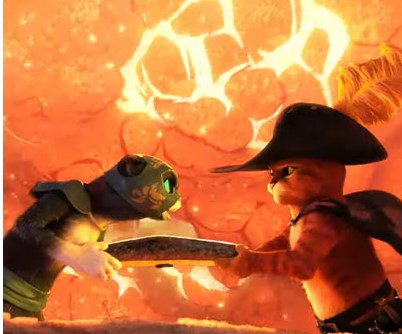
Stories in general are judged by their excellence of the portrayal of persons, plot, setting, style, and theme. Each medium, be it ballad or novel or stageplay or radio-drama, has standards essential to it, by which tales told in that medium must be judged.
Moreover each genre has protocols shaped by audience expectations that must be met.
In the case of the medium of animated film, the skill of the draftsmanship, the kinetic fluidity or otherwise of the action, the balance between exaggeration and naturalness, the color palate, the voice acting, sound effects, background music, and more go into creating the overall effect.
In the case of the genre of an action comedy, excellence consists of adventurous thrills, engaging heroes, heroic deeds, and a satisfying climax; and a comedy must be funny, and perhaps hide some wisdom in its drollery.
This is an extensive list, but a true craftsman will lavish his art and cunning on every element involved. I do not with to overpraise this movie, so I cannot say the film maker attained excellence in each of these elements, but I can say he failed in none of them.
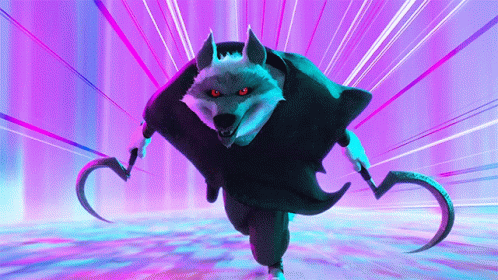
In terms of medium, here the draftsmen attempted a daring mixture of three-dee and ink-and-paint that was vibrant, almost too kinetic, and very pleasing to the eye. It was almost as good as animation from Japan.
In terms of genre, blending comedy and adventure is difficult for the following reason: On the one hand, a comedic scene can be funny when a clown is incompetent and takes a pratfall, but it is also funny when a clown is perfect, and not only does everything fall into place, he also catches the rose in his teeth. (See, for example, the bit when Danny Kaye in THE COURT JESTER is mesmerized into becoming a master swordsman, but any accidental fingersnap breaks the spell in reduces him to fumbling slapstick.) Incompetence and hyper-competence are both exaggerations and both are good for a laugh.
On the other hand, for an adventure scene to be tense, the outcome must be unsure. But nothing is unsure if the superhero is hyper-competent, for he cannot fail, nor if the clown is incompetent, for he cannot but fail. The outcome is certain.
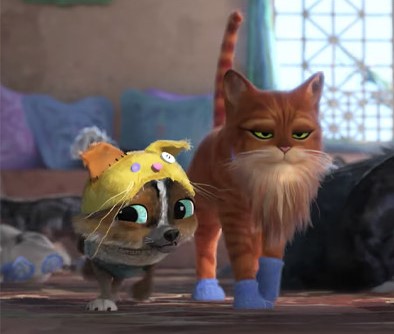
One way to reintroduce the needed unsureness is to have the hero go wobbly, suffer doubts, and loose his mojo.
This is a particularly favored trope, since its resolution, one not difficult to render pleasing to the audience, involves a man with lost faith finding it again. All the writer need do is present the events in a way the audience would find convincing — and be wise enough to know what might quell rising self-doubt for find missing manliness.
True love as a cure for self-doubt or missing manliness is a tried and true trope for the simple reason that it is true to life. Self-love as cure for self-doubt is more commonplace in these feminist, post-feminine days, and is less dramatic, because less true to life.

The joke in Puss-in-Boots in all the films where he appears is that he is Antonio Banderas as a swashbuckling tom cat, that is, an absurdly suave, manly, and dashing figure of fearless adventure and breathless romance. He is perfect, and, as befits a comedy figure, he knows it and flaunts it.
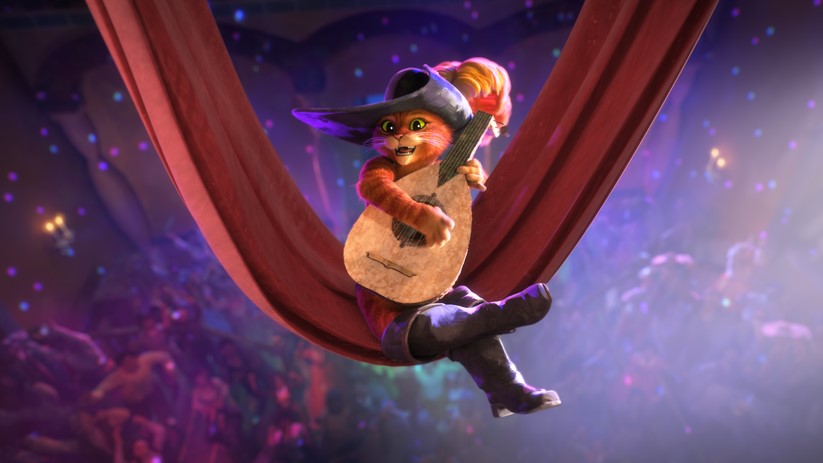
Such flaunting, let it be remembered, is always comical, because the sin of pride is comical. The frog who swells to twice his size, tight-lipped and bulging-eyed, filled with empty air, is comical. The hubris of Lucifer is the same as the foolish self-inflation of an overpraised child: it stirs heaven to mirth. Were it not harmful, sin would be uproariously funny.
So the only way to have a satisfying character arc for a perfect character is to introduce an imperfection, have him suffer, learn, and grow out of it.
This is the character arc for Puss-in-Boots after he discovers, first, that he had used up eight of his nine lives, and so has but one left, and, second, after he confronts what seems to be a bounty hunter seeking his scalp, a Big Bad Wolf, but turns out to be a foe no mortal can face.

To be sure, such things have been done before in other tales. What made this film stand out was the cleverness and wit with which they were carried out here. For example, Puss-in-Boots foreswears his life of glamor and adventure, and buries his uniform beneath a gravestone, while the cat, now renamed Pickles, stands over his own grave and speak his own eulogy. It is both funny and moving. One would think such a scene would be a commonplace trope in superhero stories or comedies of mistaken identity and the like, but I have never seen it before.
The setting is the same background of twisted fairy tales that forms the shared world of the franchise: the characters and events from Grimms’ or Mother Goose or Hans Christian Anderson are reinterpreted into cynical travesties of the originals. However, as the star in his own movie Puss-in-Boots background is that of a picaresque tale, like a Conan story of Robert E Howard, or any tale involving robbers and con-men with no cops: tales dealing with rogues and roughnecks, dishonest but somehow lovable. Ironically, the selfsame background which is so annoying when it is merely vandalistic graffiti smeared on timeless classics, becomes a proper setting when dealing with a roguish film about a rogue. A lack of idealism is part of the charm of a picaresque yarn.
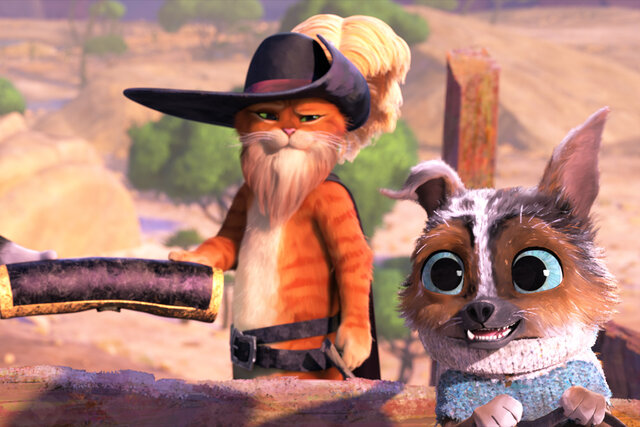
In a picaresque, you cannot have good overcome evil, for there are no noble heroes, no white knights, unless they are hypocrites or figures of fun. But you can have rogues overcome villains, and tricksters outwit bullies, which is just as satisfying. This is why, in heist films, little crooks are always stealing from big crooks. You cannot have morality in a picaresque film, but you can have sentiment: and if the sentiment is honest, even if the protagonist is not, the film is satisfying.
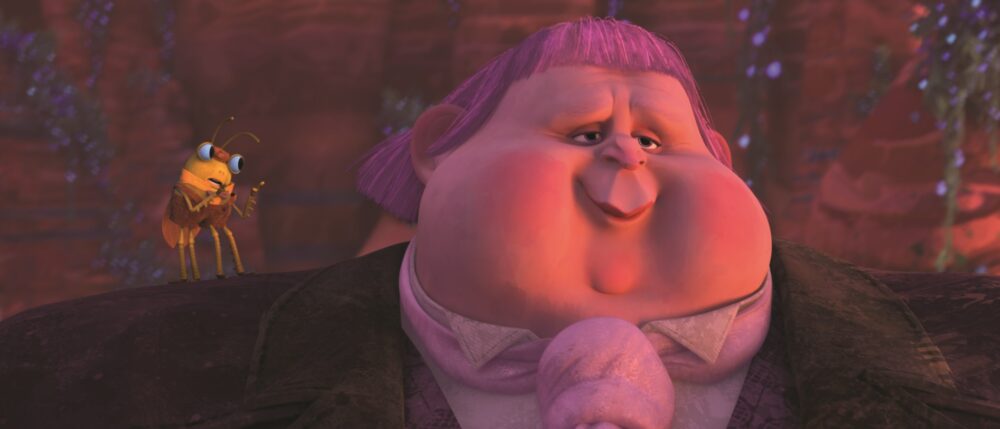
As for the plot, it is tense and well scripted, without a wasted flourish. We being with an initial scene of carousing, singing, dancing, sword-fighting, giants arising, building toppling, a sudden death and a slow realization that his fighting days are over.
Our Hero endues the humiliation of domestic life in the safe embrace of a crazy cat lady who owns a hundred cats, and who, like all the characters in this film, should have been cringeworthy, but is actually endearing.
Renamed “Pickles”, he lives in miserable safety, without glory, dignity, joy or hope.
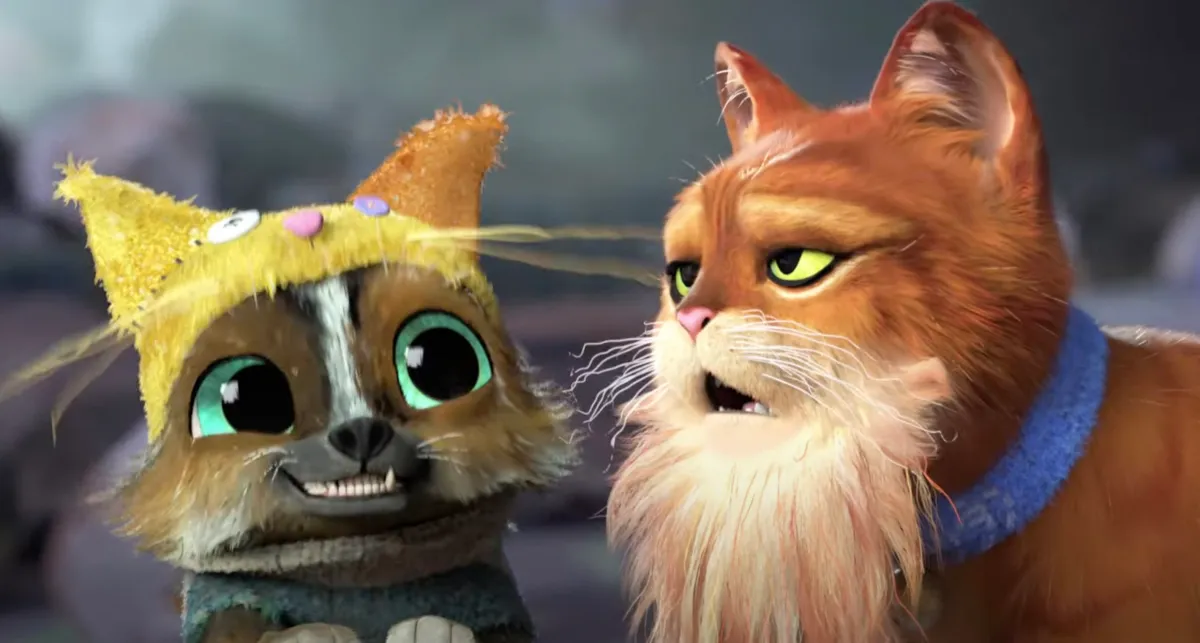
He also encounters an orphaned puppy of endless cheer and enthusiasm and idiotic dialog, who, again, in less skilled hands would have remained unfunny comedy relief, and, but here is memorable.
The dreary routine of despair is interrupted when the notorious crime family of Goldilocks and the Three Bears, seeking the swashbuckler — but not for the many bounties on his wanted poster.
The Three Bears hire Puss to heist a magic map from Big Jack Horner, once merely a little boy from a Mother Goose rhyme, now a rich tycoon and pie-making magnate with an army of Killer Cooks, who collects magical artifacts and wonders from all over fairyland.
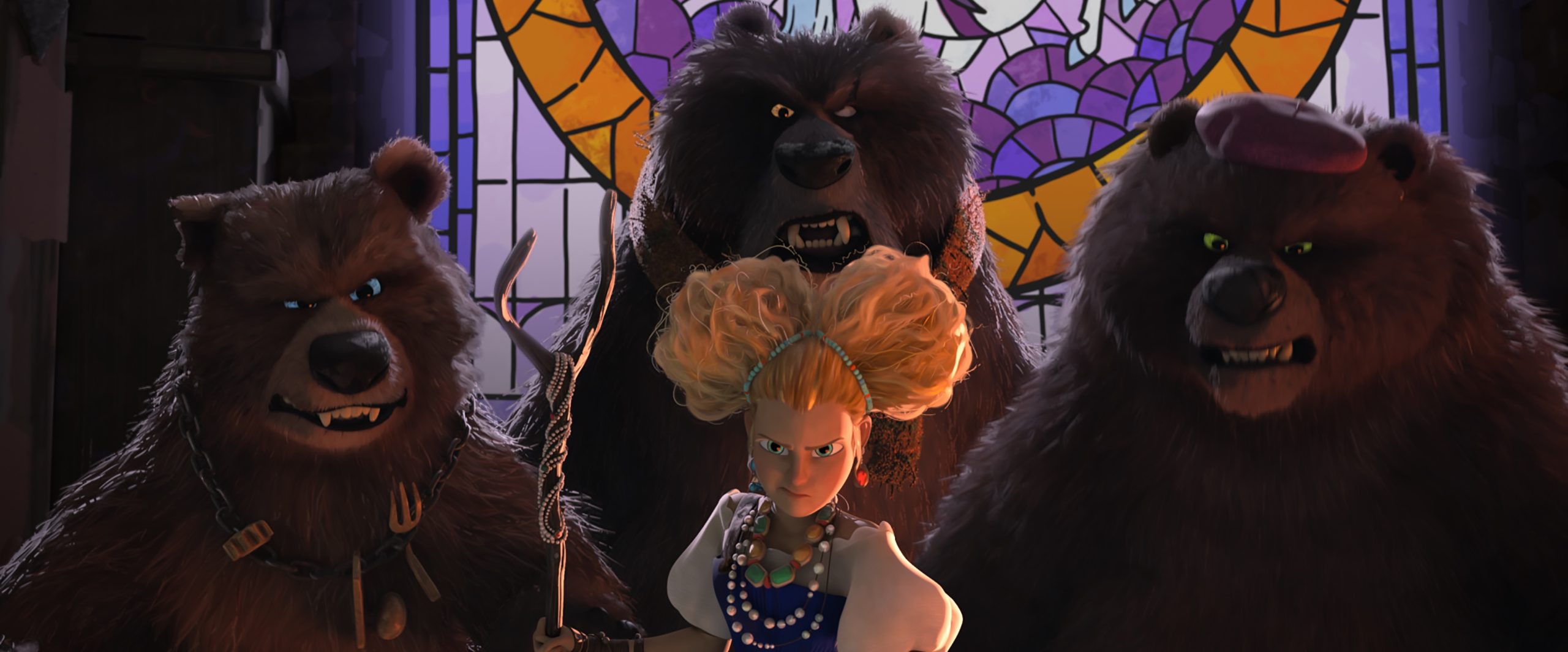
And even this — the fact that his sole skill is thumbing plums in pies — is used in his backstory to give him an understandable if villainous motivation, once again making what in less skilled hands would have been a forgettable villain into a memorable monster. That he packs all his magic artifacts and weapons in the carpet bag of Mary Poppins is merely one of the endless stream of in-jokes and sly references springing from this bit of business.
It is disorienting to me that the selfsame schtick of in-joke references to other fairy tales that simply annoyed me in SHREK, here came off as charming and well done. I begin to doubt the objectivity of my memory.
Puss discovers the Magic Map leads to the Wishing Star, a fallen star that will grant a single wish, and realizes he can use it to wish for his lost eight lives back, and, more importantly, his life of devil-may-care adventure. The comedy relief puppy, now dubbed Perdito, tags along after, convinced that he can help.
The heist goes haywire when a second feline catburglar, the female swashbuckler Kitty Softpaws, voiced by the sultry Selma Hayek, a prior hireling of the Three Bears, is found hiding in the treasure chest, purloining the same map Puss is purloining.

Kitty and Puss are old partners-in-crime, old comrades, old sweethearts, old enemies, and what is shared in their shrouded past is not revealed until later.

Double-cross follows triple-cross and somehow Kitty and Puss and orphan puppy end up with the magic map, hotly pursued by the Three Bears, Big Jack Horner, Big Jack Horner’s army of deadly battle-bakers, and the Big Bad Wolf who comes in his hooded cloak, walking slowly after, whistling softly as he comes.
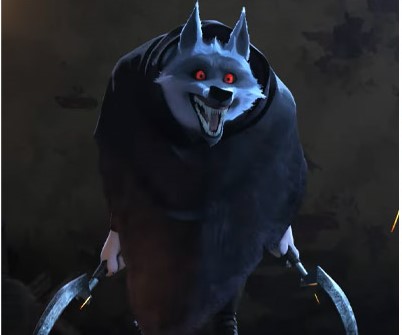
The magic map truly is magic, in that it changes the landscape ahead depending on who holds it, to confront him with his worst nightmares and traumas. Once again, instead of using this bit of business in any obvious way, the film makers here not only have hero outwit pursuit at one point by using this established magical property of the map, but elements of adventure, backstory, and revelation are adroitly handled in a compact and economic way for maximum impact.
We discover the tragic backstory of the orphaned pup, but also his surprising strength of character — something even a hero like Puss-in-Boots can learn from.
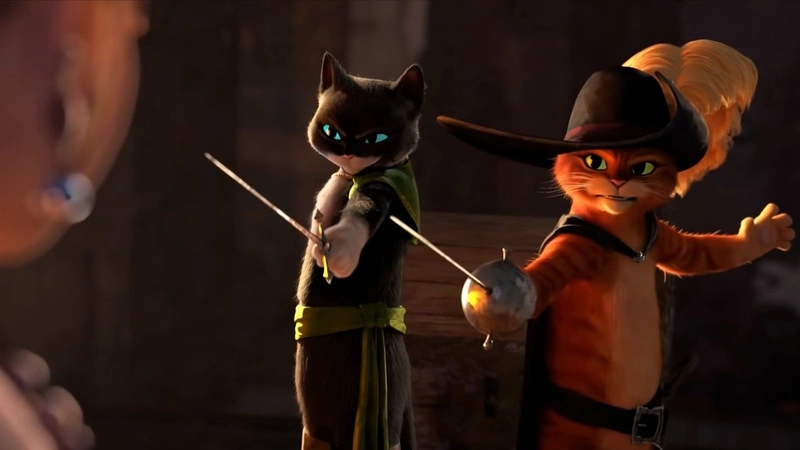
One of the more clever bits of business with the map is when Puss-in-Boots in trapped in a land of ghosts who speak to him out of crystal mirrors. But one of the figures in the mirrors is the Big Bad Wolf, who is alive. Or is he? I would not dream of spoiling the surprise.
We discover what everyone is hoping the star will grant him as a wish. Like all really well-told tales, the process of seeking the wish leads the wise to realize how foolish mortal wishes can be; and how bad it would be to get what you want if you want the wrong things; and how blind it is to overlook when a wish has already been granted, and is merely being overlooked, taken for granted.
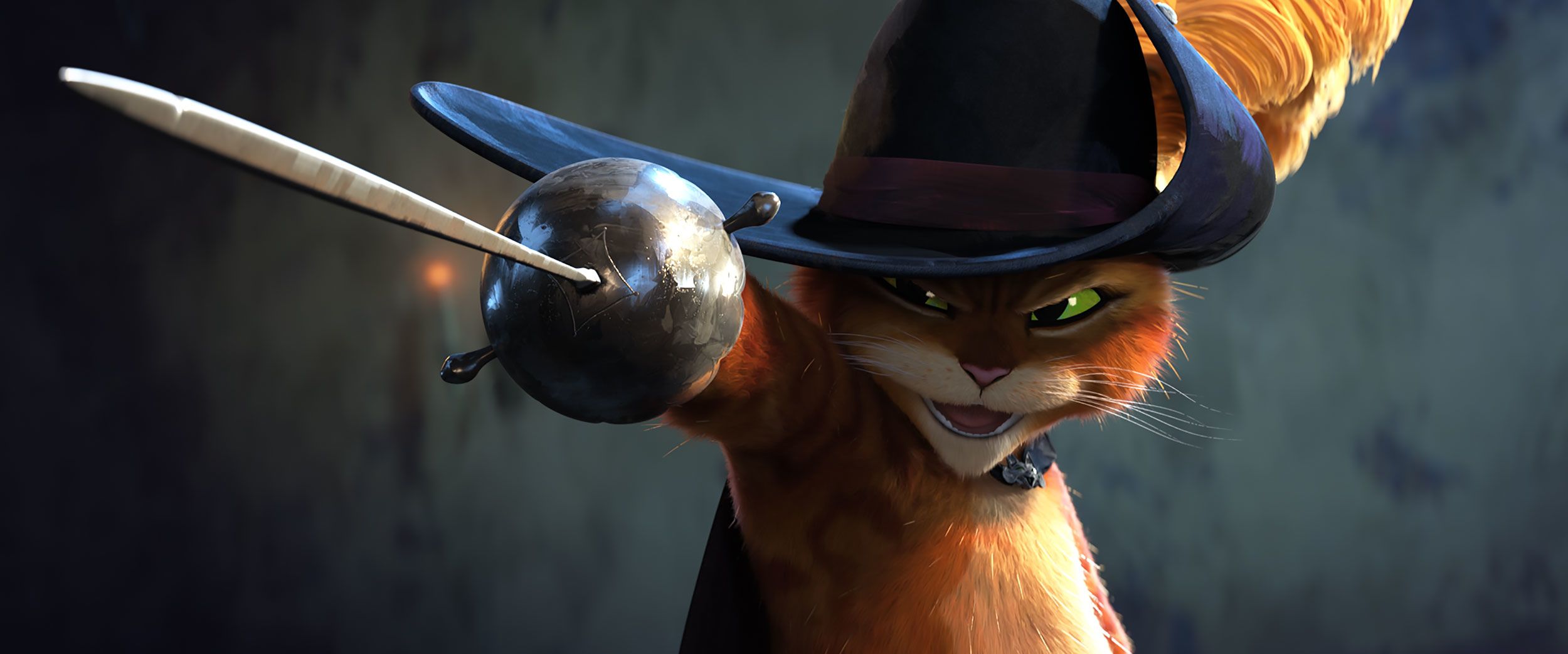
Of wokeness, the only possible trace I saw was a reference to Goldilocks, who in this story was adopted as a bear by the Three Bears. The idea that any sort of association of people can form a family by an act of will, unrelated to the biological reality of family life, is a commonplace and sickening trope of the Woke Cult. This film could have stepped into that sewer puddle, but did not. Instead, we have an adoptive daughter who cannot fit with her family because she is not a bear, and cannot do bear things, yearning for her own kind — and the mother bear out of love for the adopted daughter, supports her painful decision. This is the most unwoke handling of the matter possible, the opposite of woke: for the woke always put the vanity of the pretend parents above the child’s interests.
In a thrilling climax, the three subplots and the master plot, as well as the fate of the Big Bad Wolf are all resolved in surprising and satisfying fashions. The bit of business with the Big Bad Wolf is particular clever, and as deep and deeply chilling as anything found in a real fairy tale. And the brave and dashing Puss-in-Boots must discover what bravery actually means.
I honestly can find no fault, no flaw, no lapses in the characters, plot, or theme, nor in the execution of an action comedy, nor in the startling animation technique.
If I had had a wishing star, and could only wish for a movie worth watching, this is the one to wish for.
